The Arctic, a realm of relentless cold and unforgiving winds, presents one of the most extreme environments on our planet. Yet, amidst this frozen expanse, the polar bear thrives, a magnificent testament to evolutionary adaptation. Its survival hinges on a sophisticated biological marvel: an integrated insulation system of fur and skin so effective it allows the bear to comfortably inhabit a world of ice. This system is not merely a passive barrier; it is a dynamic, multi-layered masterpiece of thermal engineering, honed by millennia of natural selection. A deep dive into the thermodynamics of its fur structure reveals a complex interplay of physics, biology, and material science that keeps the Arctic's apex predator warm and functional.
The most visible component of this system is, of course, the iconic white coat. To the casual observer, it may appear as a simple, dense layer of hair, but its structure is anything but simple. Each individual guard hair, the long outer fur we see, is a hollow, translucent tube. This hollowness is a critical thermal feature. The air trapped within each individual hair shaft acts as an initial layer of insulation. Furthermore, the translucency of the hair is a clever optical trick. Unlike a white pigment that simply reflects light, these translucent hairs scatter and conduct incoming light and ultraviolet radiation down to the bear's black skin, which is exceptionally efficient at absorbing this radiant energy and converting it into heat. This process allows the bear to essentially sunbathe for warmth even in the frigid Arctic air.
Beyond the individual hair structure, the collective density and arrangement of the fur create a powerful insulating barrier. The underfur, a thick, soft, and woolly layer hidden beneath the guard hairs, is incredibly dense, with thousands of fibers per square centimeter. The guard hairs, while less dense, are longer and coarser, serving a dual purpose. They protect the delicate underfur from physical wear and tear and, just as importantly, help trap a stable layer of air close to the skin. It is this trapped, static air layer that is the true hero of insulation. Air is a notoriously poor conductor of heat. By creating a boundary layer of still air within its fur, the polar bear drastically reduces the rate of convective heat loss to the outside environment. The entire fur coat acts as a scaffold for immobilizing air, turning its pelt into a wearable sleeping bag of exceptional quality.
The efficiency of this system is so profound that polar bears are virtually invisible to infrared (thermal) cameras, which detect heat radiating from a body. The outer surface of their fur remains nearly as cold as the surrounding air, indicating that minimal internal body heat is being lost to the environment. The heat is successfully trapped within the insulating air layer next to the skin. This principle is a classic application of thermodynamics, where insulation is not about generating heat but about severely limiting its transfer. The bear's internal metabolism generates the heat; the fur's job is to conserve it by maximizing thermal resistance through air entrapment.
However, a perfect insulator would be a liability if the animal were to overheat during exertion, such as while running or swimming. The system, therefore, must have a degree of dynamic control. This is where the bear's black skin plays another role. Along with absorbing radiation, the skin is rich with blood vessels that can dilate or constrict, a process known as vasodilation and vasoconstriction. When the bear needs to cool down, these vessels can dilate, bringing warm blood closer to the surface of the skin where heat can be released into the air layer of the fur and eventually dissipated. Conversely, in extreme cold, vessels constrict to retain heat in the core. This provides a crude but effective thermoregulatory mechanism to complement the passive insulation of the fur.
The challenge of water presents another fascinating thermodynamic puzzle. One might assume that plunging into near-freezing water would instantly overwhelm the bear's insulation, but its fur is remarkably water-resistant. The guard hairs are coated with oils that cause water to bead up and roll off. This prevents the underfur from becoming saturated, as wet fur would collapse, losing its ability to trap air and thus its insulating properties. The bear will vigorously shake its body upon exiting the water, a behavior that mechanically sheds most of the water from its coat, much like a dog, to restore the fur's loft and air-trapping capability. The skin itself also contains a thick layer of blubber, up to four inches thick, which provides essential backup insulation, especially in water where fur's effectiveness can be compromised.
This entire integrated system—hollow guard hairs, dense underfur, black heat-absorbing skin, vascular control, water-repellent properties, and underlying blubber—works in concert to create a thermal equilibrium. It allows the polar bear to maintain a core body temperature of around 37°C (98.6°F) while surrounded by an environment that can be dozens of degrees below freezing. The thermodynamics are a elegant balance: the metabolic output of a large mammal must equal the rate of heat loss to the environment. The polar bear's insulation system is engineered to minimize that loss to a level its metabolism can easily sustain.
Understanding this natural engineering has profound implications beyond biological fascination. Scientists and material engineers study the structure of polar bear fur to inspire the development of advanced insulating materials. The concept of creating textiles that mimic the hollow, air-trapping structure of the guard hairs and underfur could lead to thinner, lighter, and more efficient insulation for clothing, particularly for those working in extreme cold environments like Arctic exploration, high-altitude mountaineering, or deep-sea diving. Research into synthetic fibers that replicate the optical properties of the fur, channeling sunlight to a heat-absorbing layer, could revolutionize the design of passive solar heating systems for buildings in cold climates.
In conclusion, the polar bear's fur is far more than a beautiful white coat. It is a highly complex, multi-functional organ system for thermal regulation. Its effectiveness lies in its sophisticated structure, which masterfully manipulates the principles of heat conduction, convection, and radiation. From the hollow, light-guiding guard hairs to the dense, air-trapping underfur and the heat-absorbing black skin, every element serves a precise thermodynamic purpose. It is a perfect example of how evolution can arrive at an optimal engineering solution, enabling a magnificent creature to not just survive, but to reign as king in the planet's most frigid kingdom.

By /Aug 21, 2025

By /Aug 21, 2025
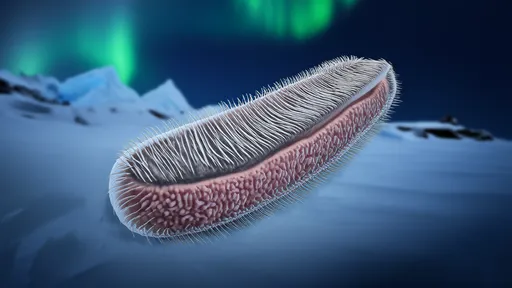
By /Aug 21, 2025
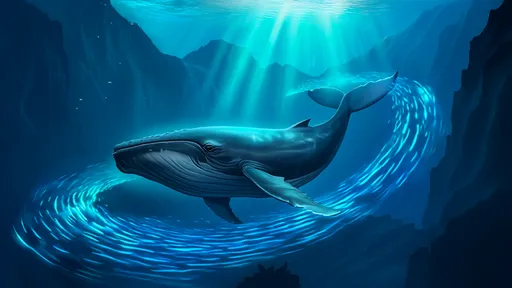
By /Aug 21, 2025
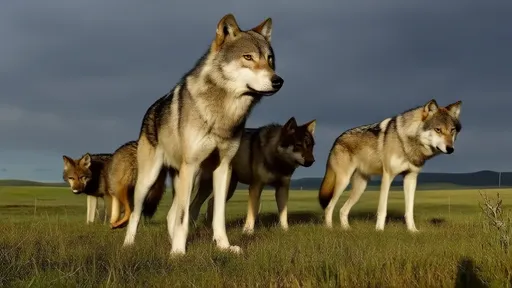
By /Aug 21, 2025

By /Aug 21, 2025

By /Aug 21, 2025
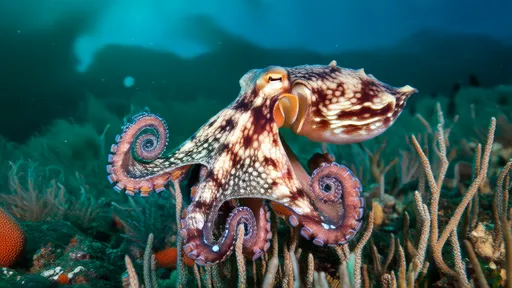
By /Aug 21, 2025

By /Aug 21, 2025

By /Aug 21, 2025
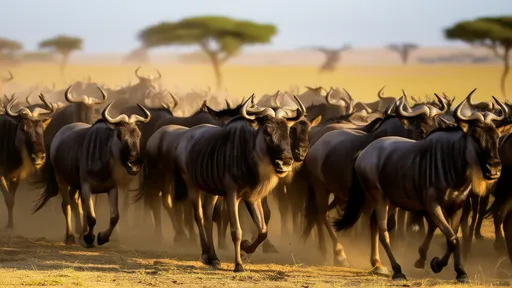
By /Aug 21, 2025

By /Aug 21, 2025
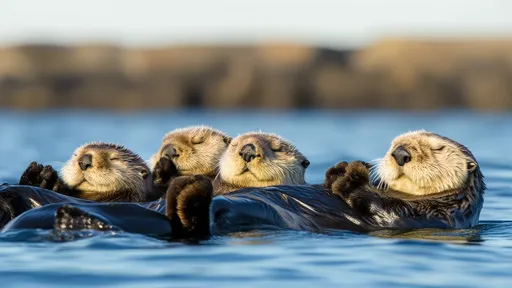
By /Aug 21, 2025
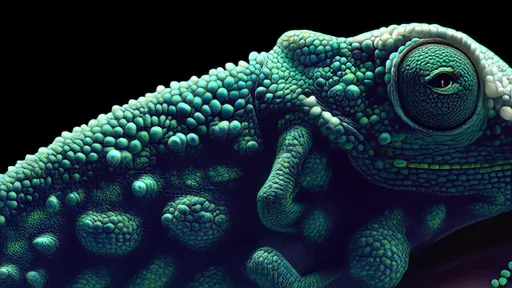
By /Aug 21, 2025

By /Aug 21, 2025

By /Aug 21, 2025

By /Aug 21, 2025
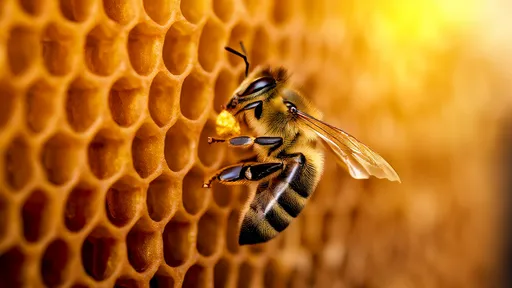
By /Aug 21, 2025

By /Aug 21, 2025

By /Aug 21, 2025